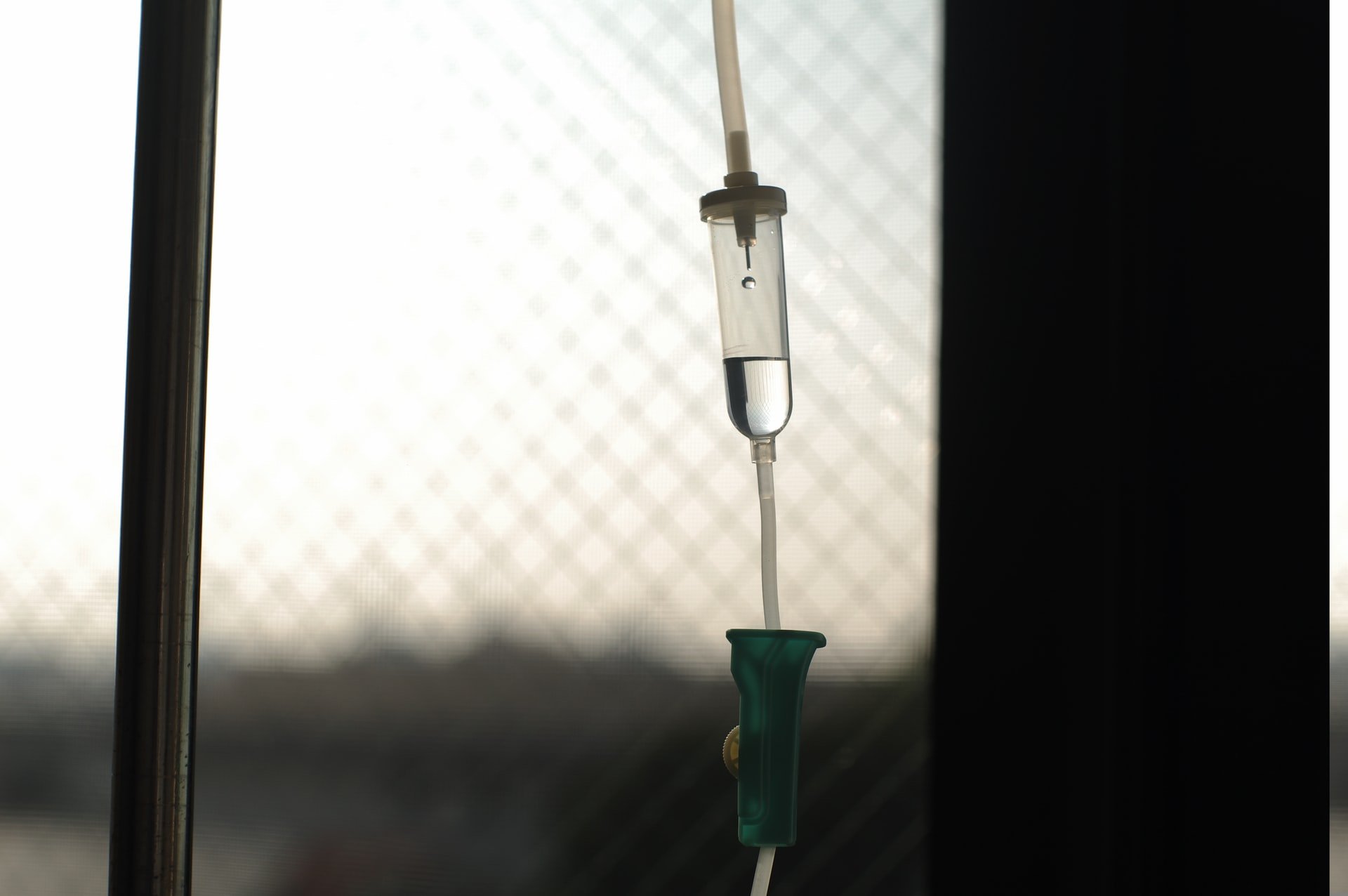Most patients with atopic dermatitis had flunctuating levels of depressive symptoms, with having public or no insurance, more severe itch, and skin pain cited as additional predictors of adverse mental health outcomes.
A majority of patients with atopic dermatitis (AD) experience depressive symptoms, with several variables shown to increase risk of adverse mental health outcomes. Study findings were published in the Journal of the American Academy of Dermatology (JAAD).
As a chronic inflammatory disease characterized by symptoms of chronic itch, skin pain, and sleep deprivation, AD is associated with significant psychosocial distress and quality of life burden. A prior JAAD study has shown that approximately 1 in 3 US adults with AD report at least 1 symptom of depression and meet the diagnostic criteria for major depressive disorder.
“Improved understanding of the temporal patterns of depressive symptoms and their relationship with AD severity may help differentiate patients whose depressive symptoms can be improved in the dermatology setting from those who warrant referral to a mental health specialist,” said the study authors.
They conducted a prospective, dermatology practice-based analysis to investigate the predictors and longitudinal course of depressive symptoms in adults with AD aged 18 and older enrolled from a single eczema clinic at an academic medical center between 2013 and 2020.
Participants completed self-administered electronic surveys that examined age of AD onset, visual analog scale (VAS) itch and sleep for scoring AD, numeric rating scale for skin pain in the past 7 days, patient-oriented eczema measure, and patient health questionnaire-9 (PHQ-9).
Full body skin examination was also conducted by a dermatologist, which assessed eczema area and severity index (EASI), the severity of lesions affecting different body sites (scalp, face, eyelids, anterior neck, nipples, flexures, hands, and feet), and the severity of associated signs (xerosis, ichthyosis, keratosis pilaris, and pityriasis alba).
A total of 695 adult patients (mean [SD] age at enrollment, 44.2 [17.2] years; mean [SD] age of AD onset, 19.93 [23.44] years; 63.69% women) were included in the study, of which 454 (65.32%) had minimal, 139 (20.00%) had mild, 57 (8.20%) had moderate, 27 (3.88%) had moderately severe, and 8 (2.59%) had severe depression.
Researchers noted that most patients had fluctuating levels of depressive symptoms, with symptoms of feeling bad, thoughts of self-harm, difficulty concentrating, and slow movement cited as most persistent.
Several predictors of worse depression over time were exhibited in bivariable and multivariable models, the latter of which examined disease characteristics and adjusted for demographics:
- Age of greater than 65 years (β, 0.330; 95% CI, 0.082-0.579)
- Hispanic (β, 0.312; 95% CI, 0.171-0.454), African American (β, 1.739; 95% CI, 1.591-1.887), and other non-White race (β, –1.184; 95% CI, –1.277 to –1.091)
- Male sex (β, 0.838; 95% CI, 0.659-1.017)
- Patients with Medicaid (β, 3.880; 95% CI, 3.539-4.221), Medicare (β, 1.226; 95% CI, 0.901-1.550), and uninsured/self-pay (β, –1.005; 95% CI, –1.440 to –1.091)
- Facial erythema, both mild (adjusted β, 0.583; 95% Cl, 0.337 to –0.830) and moderate (adjusted β, 1.011; 95% Cl, 0.703-1.318)
- Nipple eczema, both mild (adjusted β, 2.317 [1.773- 2.861]) and moderate (adjusted β, –3.863; 95% CI, –5.287 to –2.440)
- Itch, both moderate (adjusted β, 0.938; 95% Cl, 0.603-1.273) and severe (adjusted β, 3.902; 95% Cl, 3.545-4.260)
- Skin pain, including mild (adjusted β, 1.092; 95% Cl, 0.718-1.466), moderate (adjusted β, 2.826; 95% Cl, 2.462-3.190) and severe (adjusted β, 4.107; 95% Cl, 3.768-4.446)
Sleep disturbance and presence of pityriasis alba were also cited as predictors of worse depression over time. The use of data from a single academic center was noted by researchers as a potential limitation of the study findings.
“Clinicians must recognize the major mental health burden associated with AD and offer appropriate screening, treatment, and referrals,” concluded the study authors. “Future AD treatments should incorporate strategies for improving mental health and wellness in addition to the treatment of physical symptoms.”
Reference
Chatrath S, Lei D, Yousaf M, Chavda R, Gabriel S, Silverberg JI. Longitudinal course and predictors of depressive symptoms in atopic dermatitis. J Am Acad Dermatol. 2022 May 10;S0190-9622(22)00792-7. doi:10.1016/j.jaad.2022.04.061



